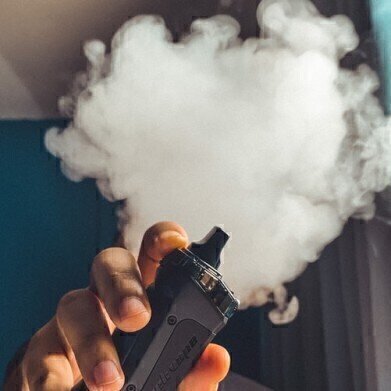GC-MS
How Do E-Cigarette Flavours Vary? - Chromatography Investigates
Jun 16 2020
Without doubt the use of electronic cigarettes is increasing worldwide. E-cigarettes are marketed to allow cigarette smokers a route to reduce the harmful effects of cigarette smoking. And certainly, the UK government recommended e-cigarettes to reduce those harms. But increasingly, young people are trying e-cigarettes to experiment. And one of the attractions of e-cigarettes is the vast range of flavours that are available.
Studies have shown that e-cigarette flavours are an important part of the focus of people who market e-cigarettes for sale. And whilst e-cigarettes may offer existing smokers a less harmful substitute for tobacco and the thousands of harmful chemicals released when a cigarette is lit – young people who do not currently smoke are attracted to e-cigarettes and the exciting flavours of the e-liquids in them.
Regulate the flavours?
Studies have shown that in the Dutch e-liquid market, over 240 different flavour names were mentioned in 2017. E-cigarette users may be inhaling potentially toxic compounds besides the nicotine that could present a risk of nicotine dependence. With so many potential different flavour chemicals in use, it makes regulation of the e-cigarette market very difficult to achieve – as we basically do not know what people are inhaling.
A recent paper published in the Journal of Pharmaceutical and Biomedical Analysis suggests that one way to regulate and thus make a safer market for e-cigarettes is to restrict flavouring ingredients. The paper suggests that regulators should concentrate on the toxic flavourings and they should be banned from use in e-liquids. This could reduce the potential harm caused from exposure to e-cigarette emissions. But what compounds are in the flavourings? Before they can be regulated, we need to know what they are.
What is in a flavour?
The researchers from the Netherlands used gas chromatography-mass spectromentry (GC-MS) to analyse 320 e-liquids. Analysing the volatile compounds found in e-liquids is a simple job for GC-MS; a technique discussed in this article, Measurement of Pesticides in Cannabis sativa and Hemp Matrices Using a Gas Chromatograph-Triple Quadrupole Mass Spectrometer.
The team identified 79 different flavourings in the 30 e-liquids that they tested and grouped them into 15 flavour categories. The analytical method was validated in terms of specificity, linearity, repeatability, and sensitivity. They report that Vanillin (creamy/vanilla flavor), ethyl butyrate (ethereal/fruity flavor), and cis-3-hexenol (fresh/green flavor) were most frequently detected flavourings. More research is needed to establish how different manufacturers blend the different compounds to achieve their flavour profiles. But the researchers suggest that using flavour categories could help regulators to decrease e-liquid appeal and their potentially harmful effects.
Digital Edition
Chromatography Today - Buyers' Guide 2022
October 2023
In This Edition Modern & Practical Applications - Accelerating ADC Development with Mass Spectrometry - Implementing High-Resolution Ion Mobility into Peptide Mapping Workflows Chromatogr...
View all digital editions
Events
ACS National Meeting - Fall 2024
Aug 18 2024 Denver, CO, USA
Sep 04 2024 Chiba, Tokyo, Japan
Sep 04 2024 University of Warwick, Coventry, UK
Sep 10 2024 Rockville, MD, USA
Plastics Recycling World Expo Europe
Sep 11 2024 Brussels, Belgium














